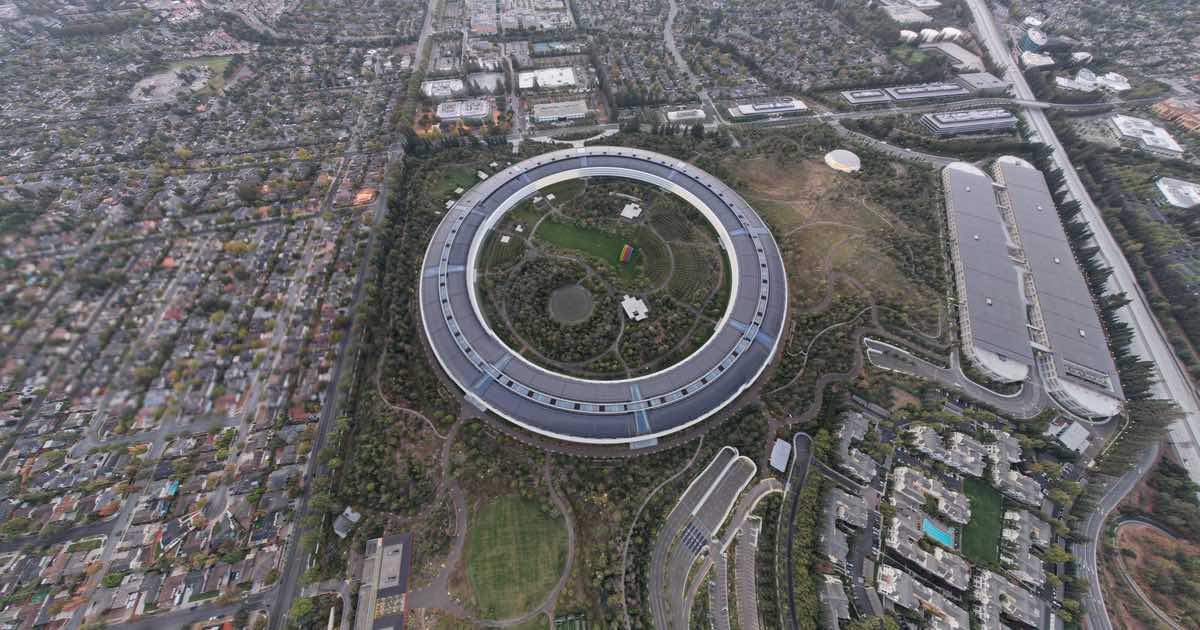Apple has taken proactive steps to mitigate the impact of new tariffs imposed by the Trump administration. The company has been stocking up on inventory in the United States for months, ensuring that products already on U.S. soil are exempt from the levies. This strategy lets Apple temporarily avoid passing on increased costs to consumers, giving it time to assess its options.
The tariffs, which began on April 5, include a baseline 10% rate and additional reciprocal tariffs that vary by country. For India, where Apple has ramped up production in recent years, the rate stands at 26%. By shipping products from India and other manufacturing hubs like China ahead of the deadline, Apple has insulated itself from immediate pricing pressures. Sources say its U.S. warehouses are well-stocked for several months.
This inventory strategy could allow Apple to delay any price adjustments until its next iPhone launch in September. However, this approach carries risks. If Apple raises prices alongside the introduction of new models, it could shift consumer focus from product upgrades to cost increases—a scenario the company would likely prefer to avoid.
Apple has not commented publicly on its plans regarding pricing or tariffs. Analysts suggest that the company is carefully evaluating its next steps, balancing the need to maintain profit margins against potential impacts on demand. The September launch window may serve as a critical moment for Apple’s strategy as it seeks to navigate these challenges without alienating consumers or disrupting its market position.
